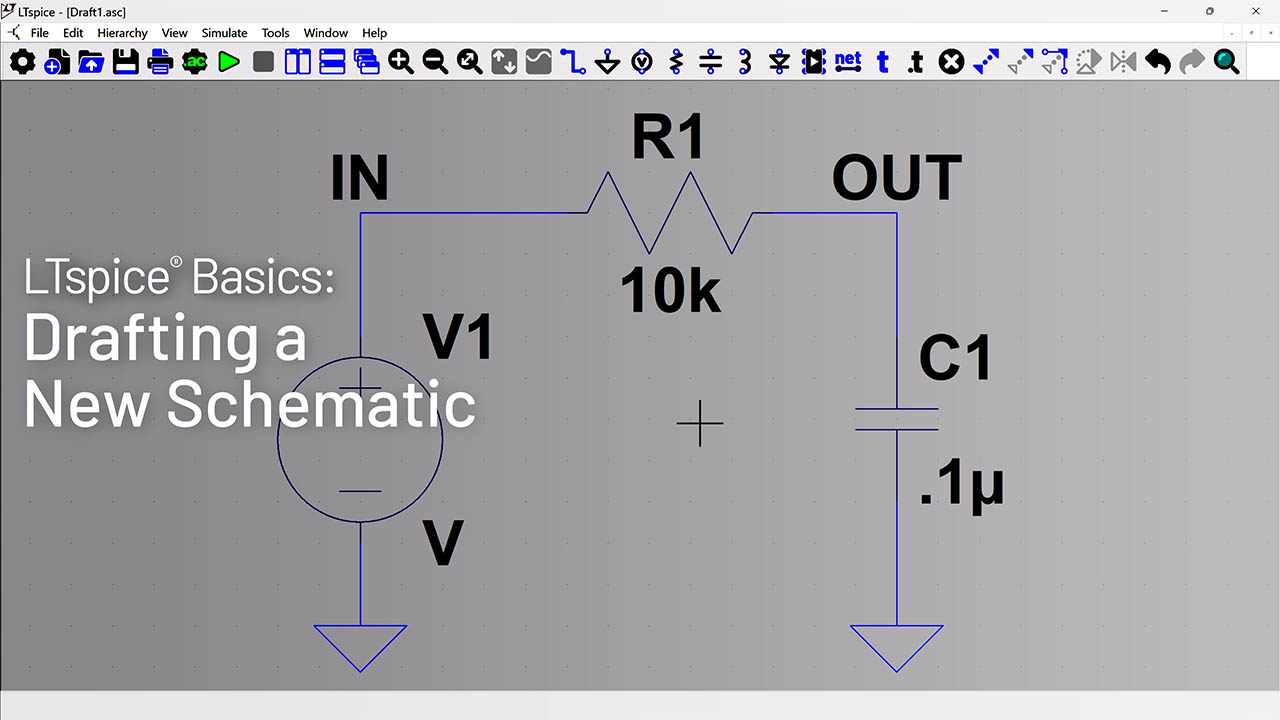Reference Design Ensures Dynamic Output Voltages for a Print-Head Power Supply
Introduction
This reference design is a solution for obtaining a high-variable output voltage for a printer-head power supply. The design includes the complete circuit schematic, bill of materials (BOM), efficiency measurements, and test results.
Some Basics of Printer Design
The increasing speed of printers has led to higher power dissipation and higher temperatures in the print head. If the temperature in the printer becomes sufficiently high, the ink will smudge. When the temperature is low, the ink becomes illegible. Consequently, thermal management of the print head is critical to ensuring high-quality printing. A microcontroller is required to adjust the printing speed and thus maintain the operating temperature between these two limits. The printer's motor speed is adjusted by applying variable DC voltages.
Reference Design Overview
This reference design features the MAX15005 power-supply controller and provides a dynamic DC voltage (up to 45V) to the printer's motor. The output voltage can be varied by applying a PWM signal from the microcontroller to the SS pin of MAX15005 through a RC filter. During startup, the printer's motor draws more current to magnetize its field. The MAX15005A is particularly useful now because it offers hiccup-mode protection. The MAX15005 can enter hiccup mode and supply power at a reduced rate to protect all circuit components. Once magnetization is over, the motor draws normal current and the converter operates in regulation mode.
Specifications and Design Setup
The reference design meets the following specifications:
- Input voltage: 32V to 45V
- Output voltage: 25V to 45V (varied externally from the microcontroller)
- Output current: 0 to 2A
- Output ripple: ±0.5V
- Input ripple: ±100mV
- Efficiency: > 93% with full load
- Switching frequency: 400kHz
- The schematic for the above specifications is shown in Figure 1. In this design the MAX15005 is used in the SEPIC configuration when output is below or above the input voltage.

Figure 1. Schematic of the MAX15005A SEPIC converter for FSW = 400kHz
Related to this Article
{{modalTitle}}
{{modalDescription}}
{{dropdownTitle}}
- {{defaultSelectedText}} {{#each projectNames}}
- {{name}} {{/each}} {{#if newProjectText}}
-
{{newProjectText}}
{{/if}}
{{newProjectTitle}}
{{projectNameErrorText}}



















